What is a rescue harness and where is it used?
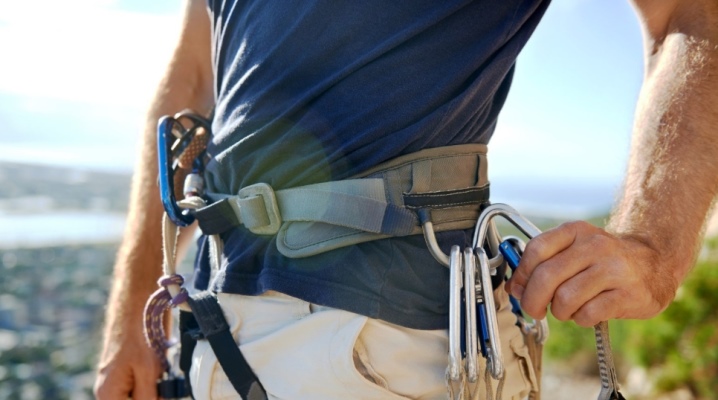
Any work at height is dangerous and there is a risk of falling. High-rise builders, electricians, mountain climbers, firefighters, cleaning service workers must be supplied with safety equipment that helps to do the job and ensures safety. One of the main elements of this equipment is the rescue harness.
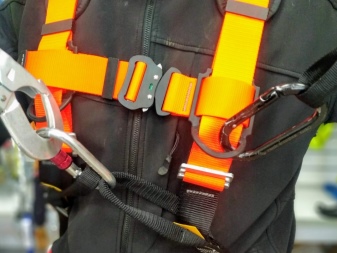
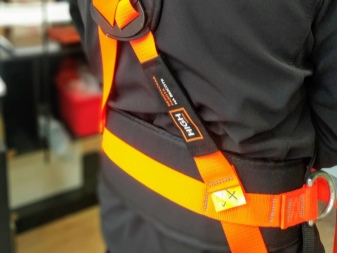
What it is?
Rescue harness is understood as individual equipment for belaying high-altitude specialists. A durable sash with shoulder and leg straps is tightly fixed on the human body due to special self-locking buckles. The belt and straps are connected by additional rods. On the back, on the chest and on the sides, metal rings are attached, which cling to the safety lines of the connecting-shock-absorbing subsystem. Such anchoring points are basic and are called "anchor points".
The purpose of such a complex structure is to protect a person from falling and save life., completely exclude cases of a fall or, at best, prevent the adverse consequences of a fall, because with a sharp jerk there is a danger of damage to the spine or limbs. That is why, according to the latest rules, it is forbidden to use a simple assembly belt without shoulder straps.
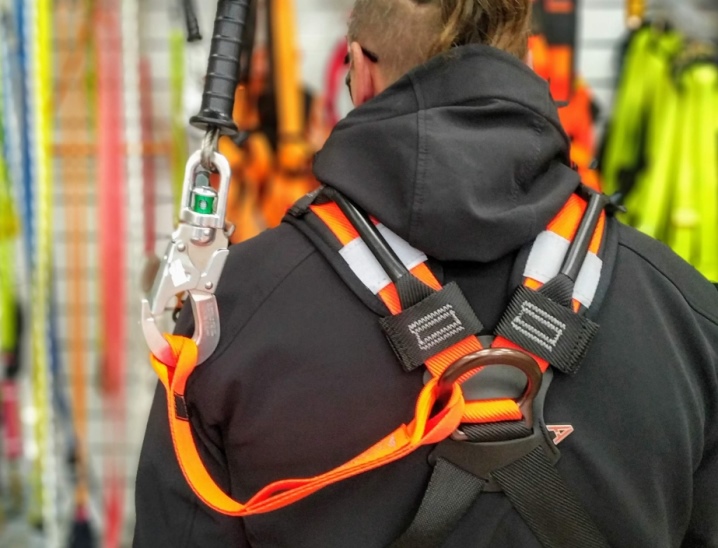
Primary requirements
Since work at height is extremely dangerous, it requires the most strict adherence to safety regulations and durable, reliable uniforms.
The entire rescue harness system must be made of super-strong and lightweight material that meets all the requirements of GOST, and also have a clear instruction manual in the kit. Most often in this area, a material such as polyamide is used.
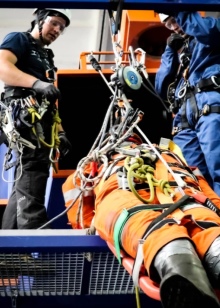

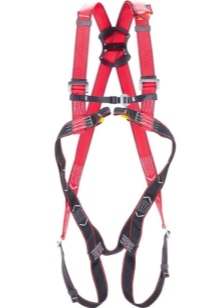
In this case, certain conditions must be observed.
- The material from which the rescue harness is made must be very strong, officially tested for strength, and also have a low dead weight, so as not to burden the structure, since one of the main purposes of the harness is to withstand a weight twice or more of a person's weight.
- All accompanying materials (threads, tapes, cushioning materials, cords) must be tested for strength, tensile strength and compatibility with the main fabric, and also have a contrasting color.
- The minimum width of the main straps is allowed at least 4 cm in order to exclude damage to muscle tissues and ligaments during a sharp jerk.
- Special requirements for fittings, buckles, hinges and carabiners. They must be self-locking and provide a secure fit of the harness parts on the body. In this case, the length of the free end of the straps during fixation should exceed 10 cm.
- The integrity of the equipment is checked visually before each use. At the slightest defects, the equipment is written off and disposed of without fail, so that there is no possibility of accidental use. The rescue harness is also disposed of after the manufacturer's expiration date.
- In the warehouse, the safety equipment is stored in places remote from heating and heating devices and chemically active substances. It is also unacceptable to find cutting and piercing tools nearby.This is necessary so that the integrity of the threads, cords and straps is not accidentally violated.
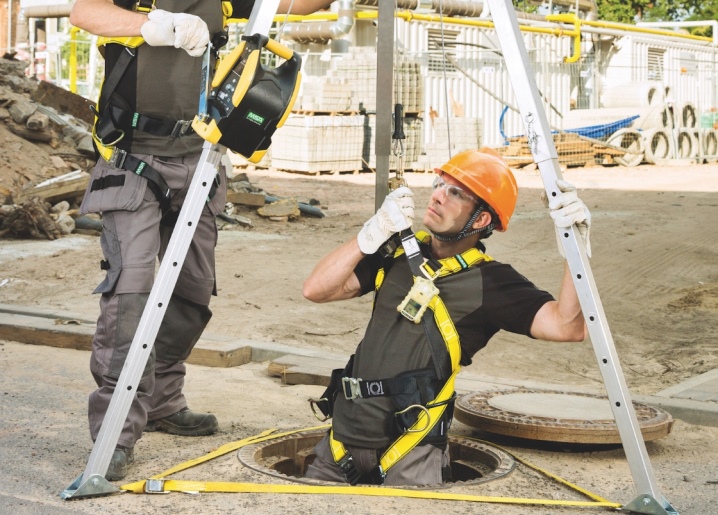
Views
The key role of the rescue harness in the harness is that it:
- holds;
- positions;
- insures.
That is, it allows the high-altitude operator to be in a safe, reliably suspended state at a height, so that at the same time he has the opportunity to be clearly fixed in the desired position and move in any direction necessary for work.
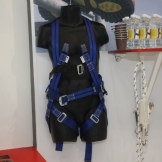
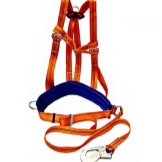
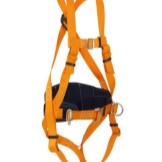

The rescue system can differ in various additional details, depending on what kind of work it is intended for. For example, if it is required to be in a sitting position for work, then, accordingly, the safety equipment is supplied with a special seat. A wide sash can also be attached to the belt, which reduces pressure on the back.
Such harnesses are used for positioning in one position for a long time.
For especially dangerous work, when more reliable belay is required, the harness is five-point, that is, it is supplied with additional anchor rings in front, at the level of the solar plexus and at the belt. More professional universal rescue harnesses for working with power lines, in oil and gas tanks, as well as for employees of the Ministry of Emergency Situations, are already equipped with six attachment points.
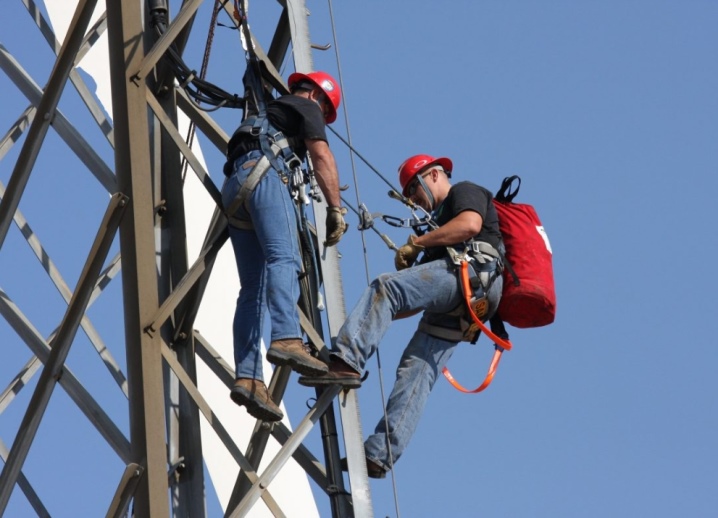
For workers who are involved in mountain rescue operations and industrial mountaineering, special multifunctional mountaineering leashes have been created. Such equipment is marked with a marker of the international standard EIAA and EN.
There is also the Samospas rope and descent system, with its help you can evacuate people from all kinds of structures and buildings in case of any accident or fire. Such rescue-height kits can be used both by the victims themselves and with the help of rescuers.
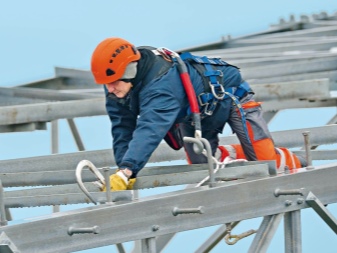

Selection Tips
To make the right choice of rescue harness, the following factors should be considered.
- What kind of high-rise work will be carried out with the help of this insurance, how high is the degree of danger. Accordingly, the higher the risk, the stronger and more complex the belay system should be.
- For long-term work in one position, you need to select a harness with special additional seats or more comfortable wide loops.
- The fire-resistant and intrinsically safe harness is used for extinguishing fires and for working in enclosed explosive spaces. In this case, non-combustible material is necessarily used to make the leash.
- When buying a rescue harness, you must have a state certificate and instructions for use.
- There is a certain size range of harnesses. It is very important that the rescue kit fits snugly around the shoulders, waist and legs of the worker.
There are also special leashes for children's sports, mountaineering and rock climbing.
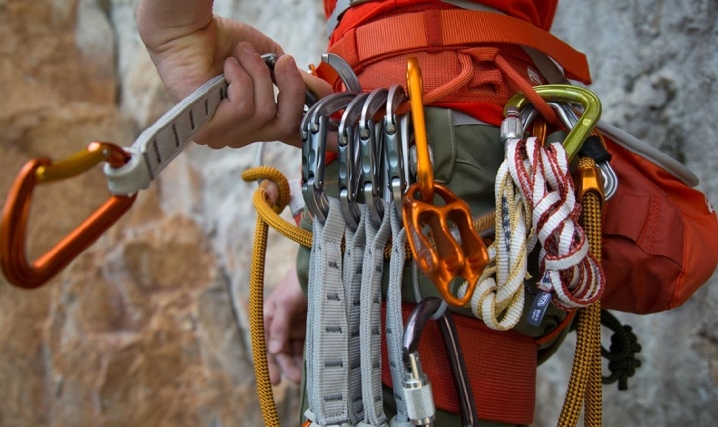
Terms of use
There are strict guidelines for the use of all of these harness belay systems. They are included in the general rules on labor protection, are clearly regulated, and if they are violated, large fines are imposed.

These rules contain such clauses.
- Work carried out at a height of more than 1.8 m is considered high-rise and is associated with the danger of falling. Therefore, they are mandatory for the supply of life-saving appliances.
- Only persons with special training and certified training are allowed to work.
- The safety systems must be systematically checked, the frequency of checks is set by the manufacturer, and he also sets the expiration date and the maximum possible service life of this uniform.
- It is forbidden to use separately mounting harnesses without other necessary harnesses that are responsible for belaying, positioning the body in the air, holding, as well as for sitting, for working in wells, on the roof, in the mountains or in industrial mountaineering and any other types of harnesses that are required in this type of work. Without additional straps, high-altitude work is life-threatening, the risk of breaking your spine or falling out with a sharp jerk increases.
- The belay system must necessarily include an anchor mechanism, all the necessary harnesses, as well as the entire connecting and shock-absorbing subsystem, which includes such parts as slings, all kinds of carabiners, shock absorbers, ropes and slide or retractor protective equipment. This should work as a whole.
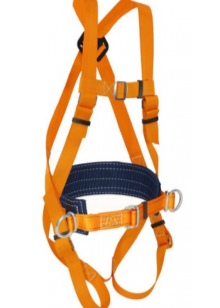
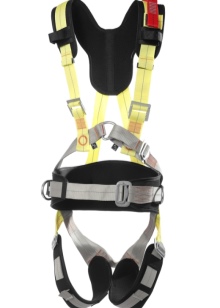
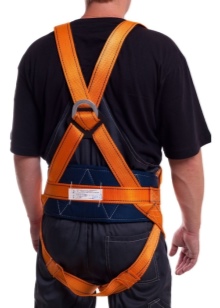
Any harness used must meet the following requirements:
- ensure safety when stopping a fall;
- the ability to put on and adjust the leash to fit the height and size of the person;
- the presence of elements to create comfort, such as wide sashes or special seating devices;
- availability of breakdown indicators for timely disposal, as well as permanent permanent marking of the rescue harness.
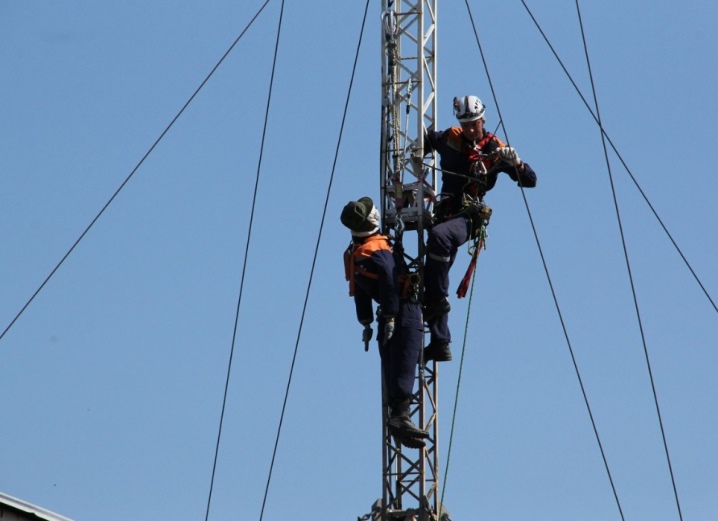
The following video talks about the rescue harness.












The comment was sent successfully.